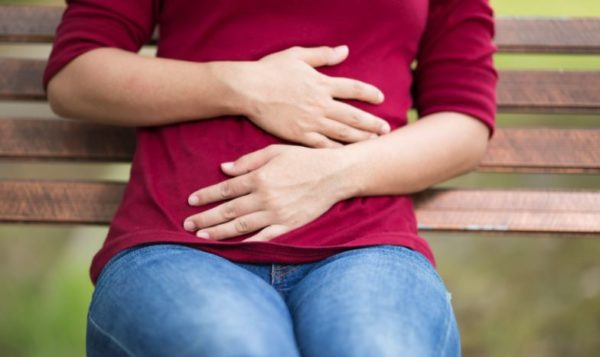Lifestyle
Here’s how to know if you have fibroids and what you should do
Many women are unaware that they have fibroids since the symptoms are so subtle.
According to the National Institutes of Health, up to 80% of women have fibroids by the age of 50, and many are unaware of it.
As a result, knowing the symptoms early on is important in order to receive quick treatment. The following are some of the first indicators of fibroids.
The following are the some signs you may have uterine fibroids
Signs of fibroids
1. Heavy and prolonged bleeding
One of the earliest indicators that you’re developing uterine fibroids. Fibroids can cause long lasting bleeding. It is usually caused by progesterone and estrogen hormones, which are important in the menstrual cycle.
Heavy bleeding can cause tiredness and other complications. Intramural fibroids can make cramps to get worse by interfering with the natural function of the uterine muscle.
2. Expansion of the uterus
Fibroids can cause abdominal swelling, making your stomach appear huge and swollen. Fibroids can be the cause of unexplained pressure or roundness in your stomach. You’ll likely feel bloated if yours is large or expanding. Fibroids appear in a variety of sizes and forms, some as small as a bean and others as large as a melon.
3. Pelvic or lower back or abdominal pain
The pain associated with fibroids is caused by the fibroid’s size. When it’s too big, it puts pressure on the pelvic, lower back, or abdomen. This can cause movements like exercising or bending down to be painful. It can also cause discomfort during intercourse due to the uterus’s pressure.
Fibroids in and on the uterus can induce symptoms like pelvic pain and low back. Submucosal fibroids, in particular, can cause the uterus to feel heavy.
4. Infertility
Uterine fibroids are usually harmless and have no effect on your health. However, the illness can damage your fertility in some situations, making it difficult to conceive. If you conceive, you may have problems during the pregnancy, such as placental abruption or miscarriage. Fibroids can cause problems for both the mother and baby if left untreated.
5. Back and leg pain
Subserosal uterine fibroids are the most common cause of back and leg pain. The spinal column is quite close to the fibroid if it is placed on the back of the uterus. It can push on or compress the nerves in that location, producing fibroid discomfort.
6. Constipation or frequent urination
Fibroids especially those that grow outside the uterus, can also give you a frequent urge to pee. When your fibroids are large and are positioned in a way that contracts or presses the bladders, you’ll feel full too often. In addition, you may have difficulties urinating. If you get a lot of UTIs, constipation, or find blood in your urine or stools, visit a doctor. Other signs of fibroids includes;
• Gaining Weight.
• Menstrual cycle symptoms that last longer than a week.
• Having trouble emptying your bladder.
What you should do
I’ll be listing out the following treatment your doctor may suggest if your results are positive according to mayoclinic.org.
• Medications.
• Non-surgical uterine fibroid treatment.
• Myolysis, uterine artery embolization.
• Laparoscopic.
• Endometrial ablation.
• Hysteroscopic myomectomy.









